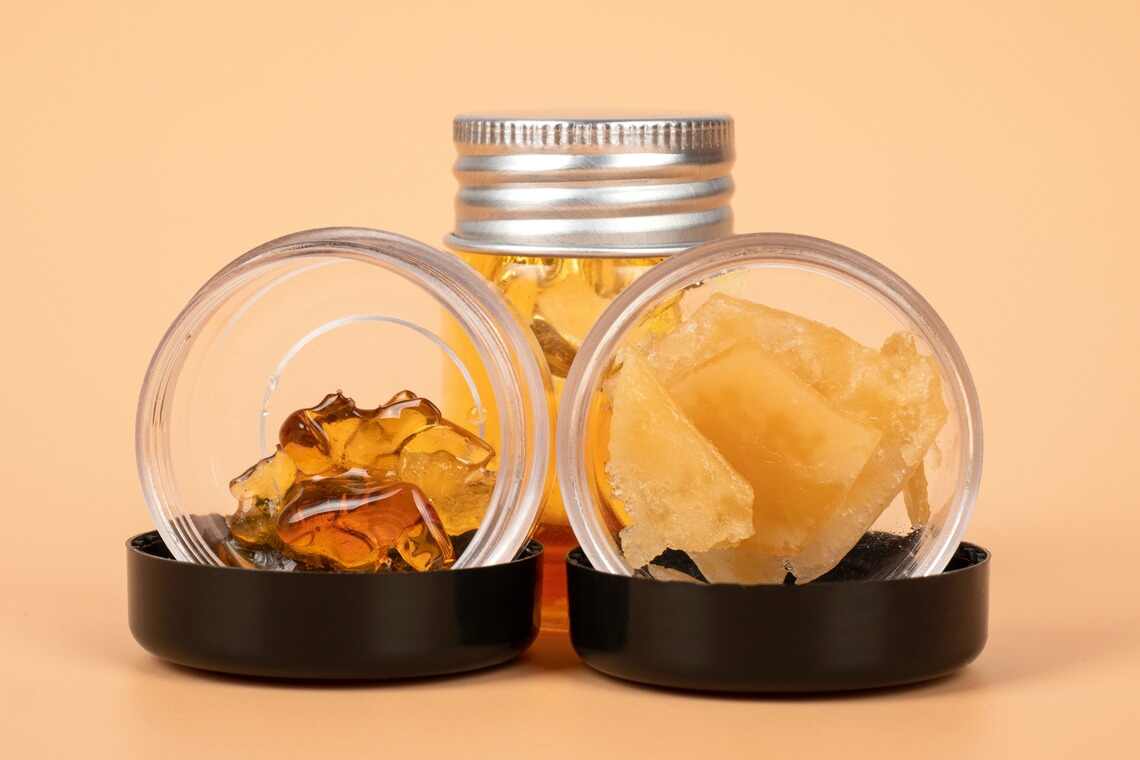劇場案内
ご案内
お知らせ
地図
館内
刈谷日劇について
1954年に洋画専門映画館として開業し、1971年5月に移転、2012年からは単館系ミニシアターとして営業しています。いろんなジャンルの映画を上映していきたいと思っています。
Cannabis concentrates, live resin, and distillate differ in user experience. This is due to their production methods and chemical profiles. Live resin is made by flash-freezing freshly harvested cannabis. This captures its full range of cannabinoids and terpenes. It provides the best flavors and benefits to users.
Distillate is the result of fractional distillation after winterization. It aims for a high THC purity, usually over 90%. The process strips the product of its natural terpenes. This gives it a neutral flavor and potent psychoactive effects. Each type of cannabis meets different wants and desires. So, knowing their traits can help you choose a better product.

Live resin captures the full cannabis plant's essence. First, fresh buds are flash-frozen. This method keeps cannabinoids and terpenes often lost in drying and curing. Live resin keeps the plant's exact chemical profile. It offers a richer experience, with strong flavors and aromas that closely mimic the live plant.
Most live resin is produced by using hydrocarbon techniques, either butane, propane, or a mix of them. This step is important for the preservation of the fragile terpenes, the compounds that give cannabis its unique aroma and flavor.
A hydrocarbon method is good at keeping volatile compounds intact. It makes the final product more dynamic and clearer than other extraction techniques.
The THC content in live resin can wildly range, usually from around 40% to 90%. This high-potency couple has a rich terpene profile. It makes live resin the best candidate for the entourage effect. This is where various cannabis compounds work together. They may provide greater therapeutic benefits.
Live resin has an intense psychoactive effect. It also has a high potential for the entourage effect due to its diverse cannabinoids. It has become a preferred option for users desiring a more complete cannabis experience.
By now, you're starting to explore the world of distillates. You may know it as an intense, specialized process. It uses winterization, fractional distillation, and many steps. It aims for over 90% purity of cannabinoids, either THC or CBD.
The process yields a product with over 95% THC, enhancing its psychoactive effects. These tasteless, potent distillates are versatile. They can be used in edibles, topicals, and vape cartridges.
To compare extraction processes, one must look at the derivation of products from cannabis. Below are the differences between live resin and distillate:
Live resin preserves terpenes. It retains a wide range of flavors and therapeutic effects. This sets it apart from distillate. An entourage is present when the cannabinoids and terpenes collaborate for greater healing.
The goal for distillate is high THC cannabinoid levels. They produce a stronger high, but with less flavor and less therapeutic value than other products. Terpene Preservation Impact
In short, terpene preservation greatly affects cannabis products' chemical profiles. This is especially true in comparing live resin and distillate. It's the live resin's flash-freezing of the cannabis plants right after harvesting. This process retains a full spectrum of terpenes and cannabinoids.
This improves the flavor and aroma, but also the therapeutic benefits. Here's how:
Another key difference is the cannabinoid concentration. It varies in live resin and distillate.
Live resin contains a broad range of cannabinoids and terpenes, with THC levels between 40% and 90%. This rich profile gives it a unique taste and medicinal value. It enables the entourage effect. It is where compounds and non-psychoactive cannabinoids work together to enhance their effects.
Distillate aims for cannabinoid purity, with very potent THC levels, most of the time above 90% and sometimes reaching 99%. Distillate, in this respect, is about isolating certain cannabinoids, usually THC or CBD. It creates a product that is simpler than live resin.
This way, the distillate yields a higher ratio of cannabinoids. It has more of the main psychoactive components. It lacks the full entourage effect of live resin. That effect comes from a host of other compounds in the resin. It's important to understand these differences. They affect the health benefits of each.
There are many ways to consume live resin and distillate. They suit all preferences and situations.
When you swim through the world of cannabis concentrates, you should know one thing. It's how to match your experience with those products.
Here are some advanced methods:
Live resin's better flavor makes an ordinary joint special. It has a full terpene profile that adds liveliness.
Once you become acquainted with cannabis products, know that live resin and distillate are quite different. Live resin has more terpenes. They improve the taste. They may also boost its therapeutic effects. Distillate is powerful and pure, making it perfect for precise dosing.
The decision hinges on prioritizing full-spectrum benefits or potency. Knowing market trends and user preferences helps you make key decisions. Remember, you should base the right choice on your personal consumption goals.
日劇ビザ(製作国)別